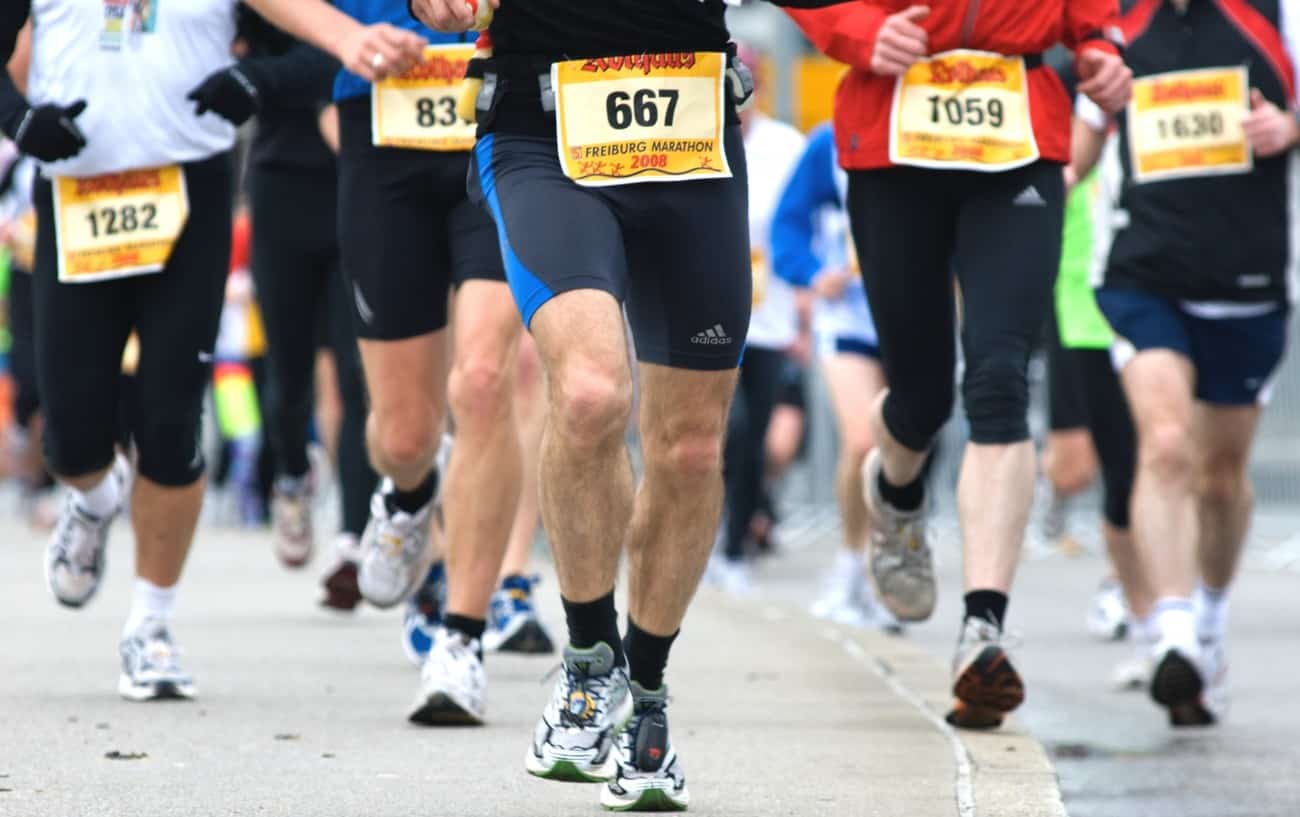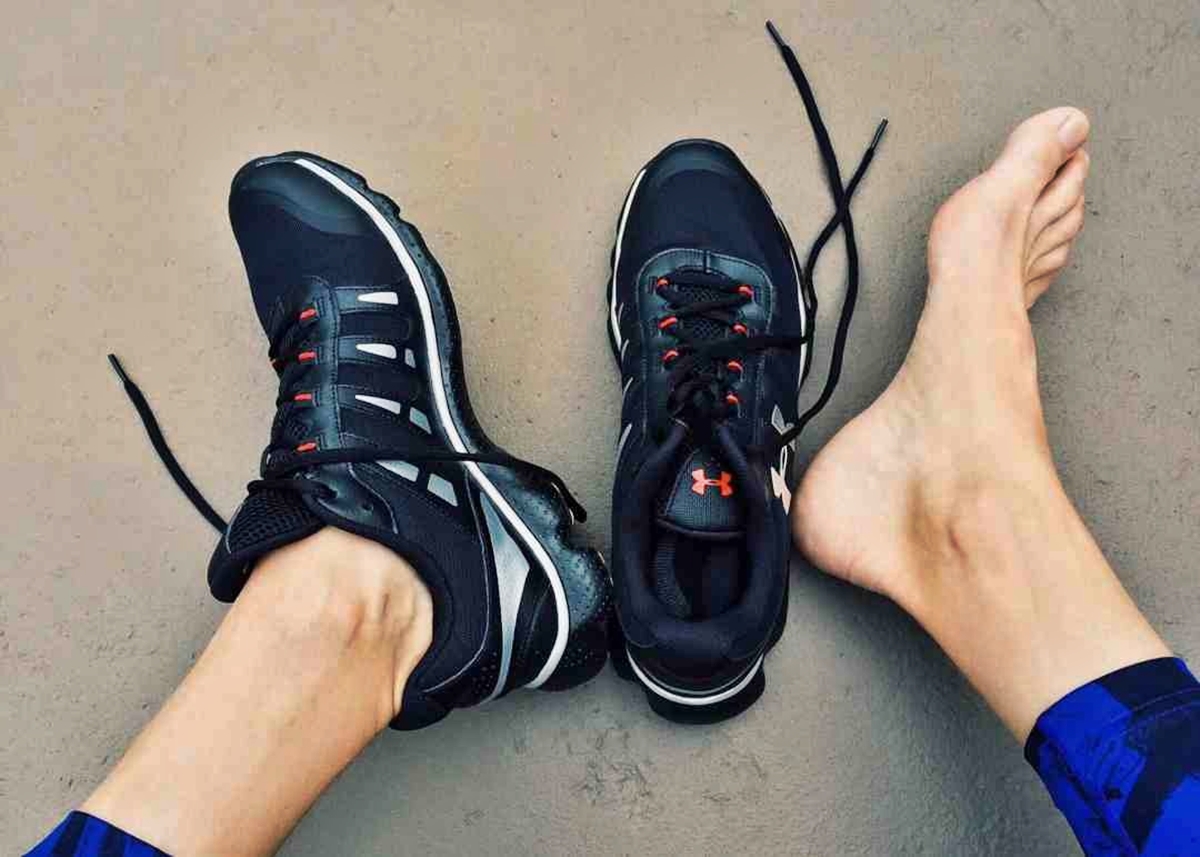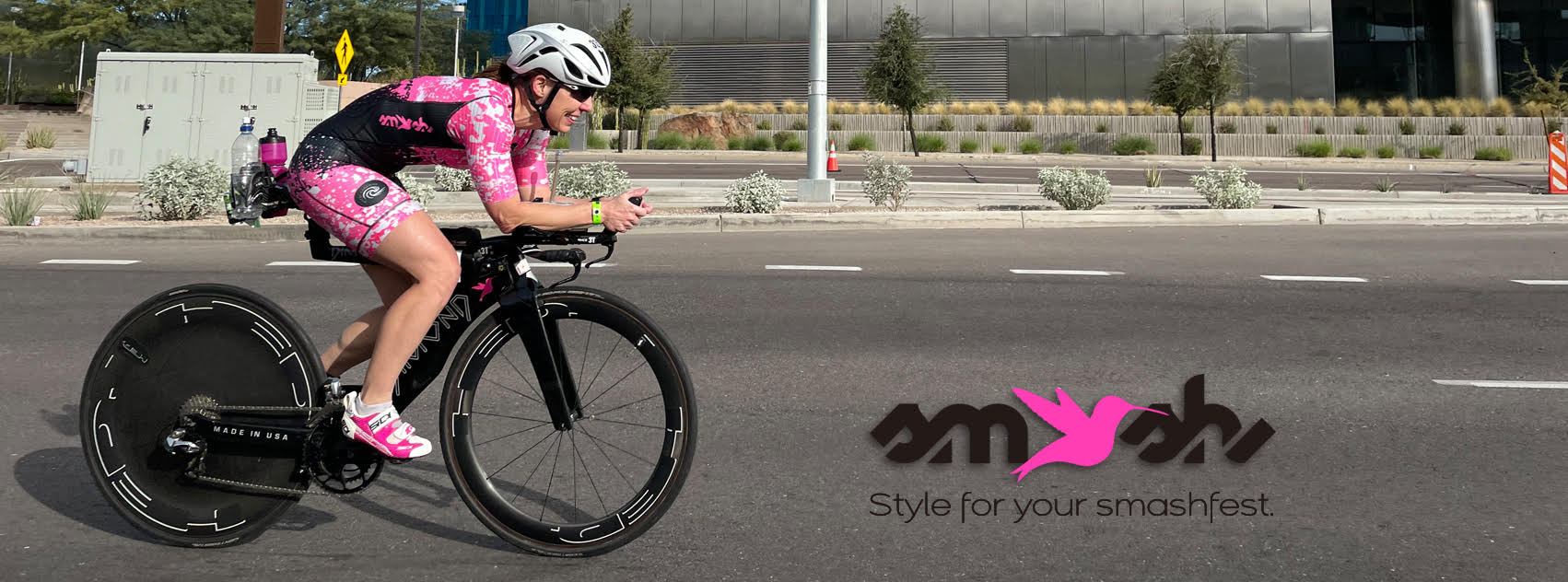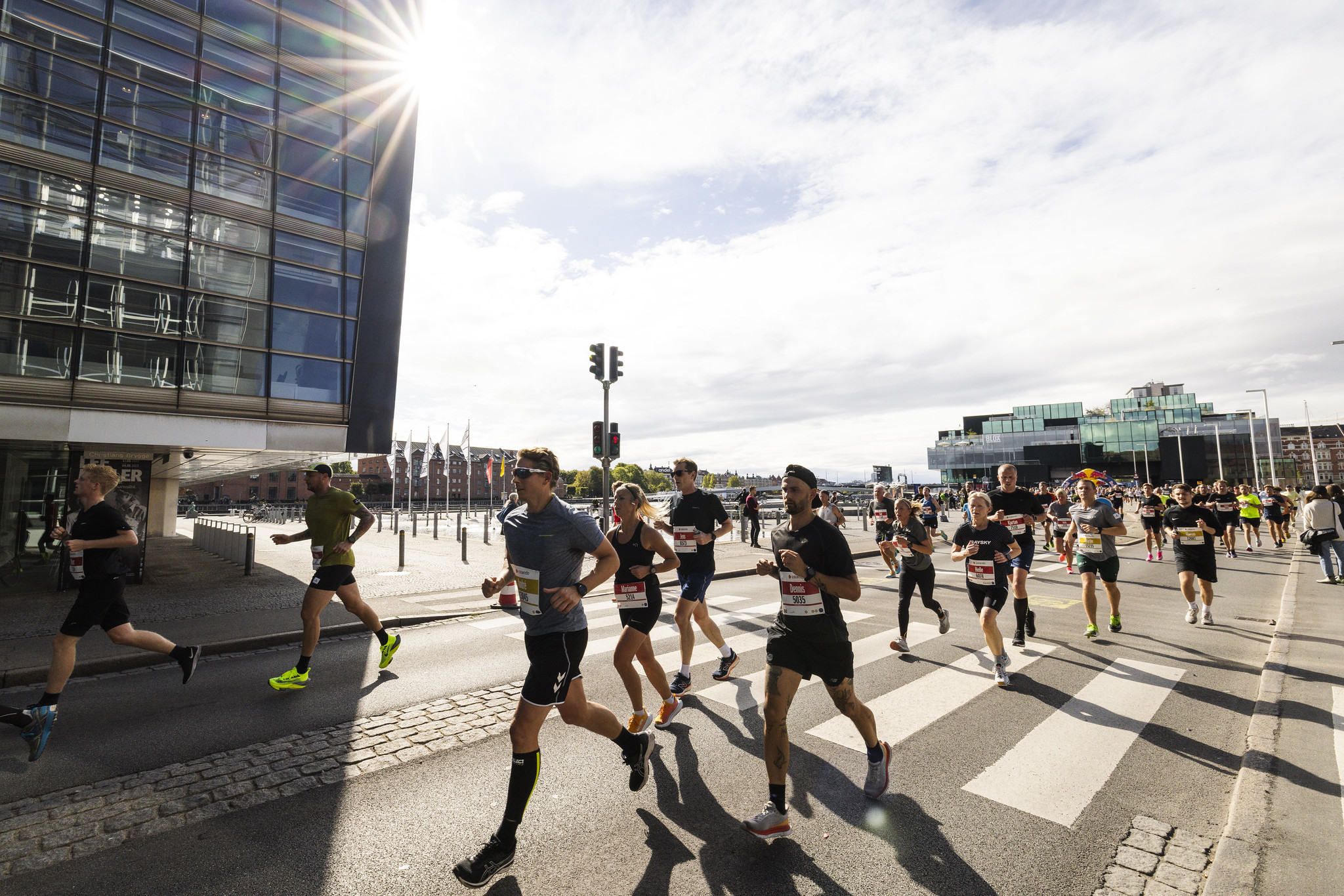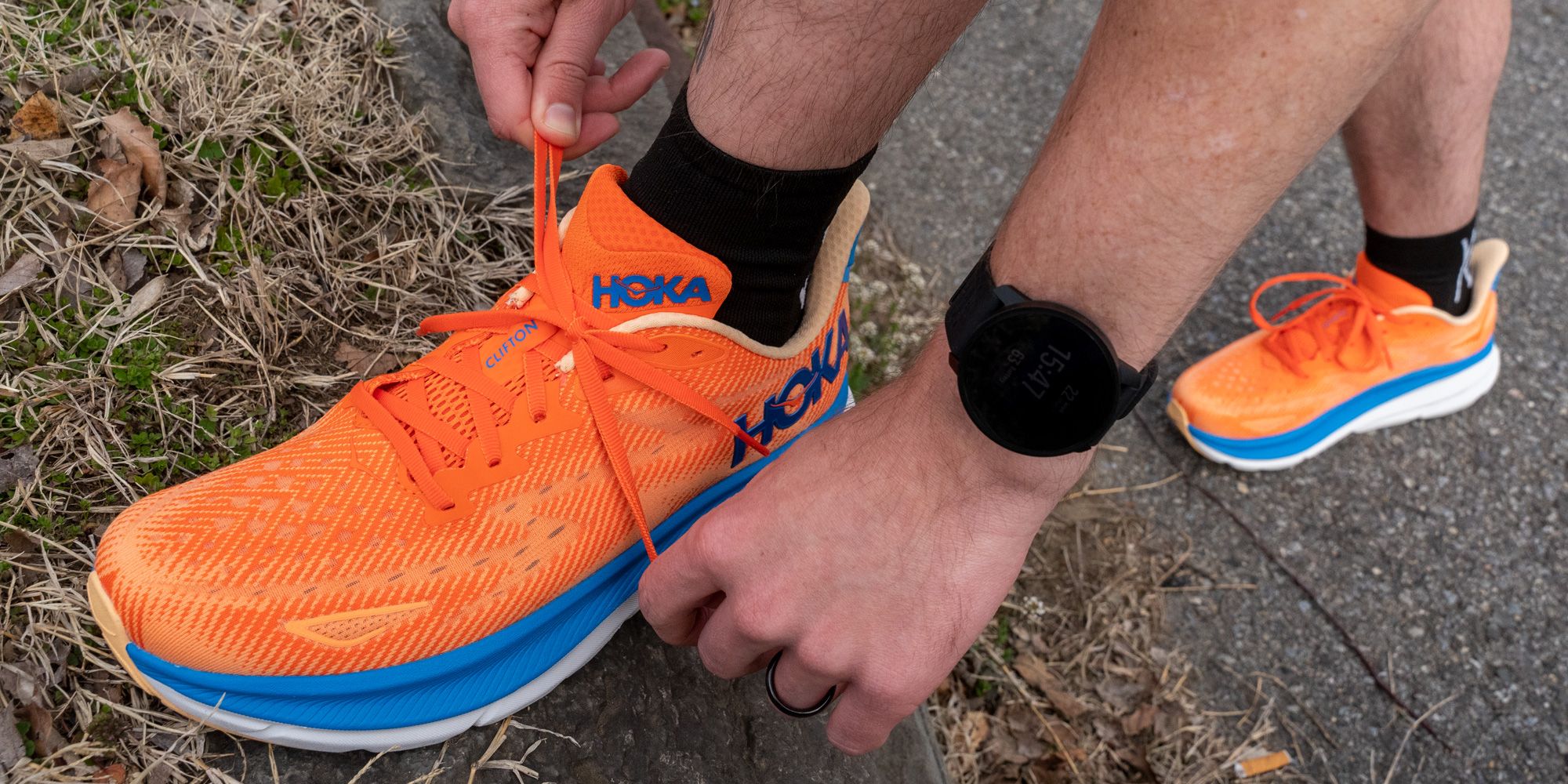Home>Misc>Featured>Cramps In Arch When Running Half Marathon
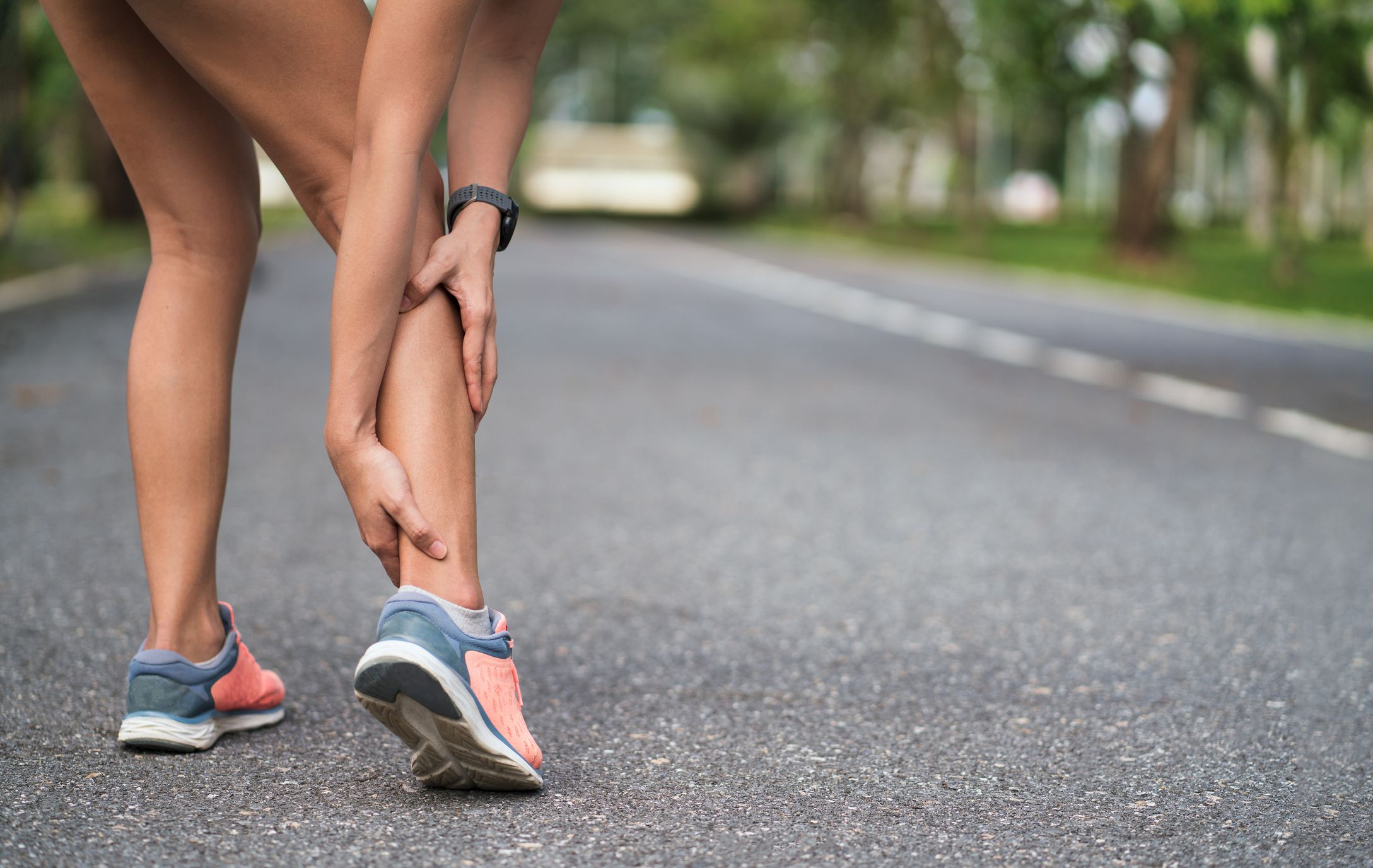

Featured
Cramps In Arch When Running Half Marathon
Modified: January 2, 2024
Find out why runners experience cramps in the arch when participating in a half marathon. This featured article offers helpful tips and advice to prevent and manage this common running issue.
Introduction
Running a half marathon is an incredible feat of endurance and mental fortitude. As you push your body to its limits, it’s common to experience various aches and pains throughout the race. One of the most frustrating and debilitating sensations that runners often encounter is arch cramps.
Arch cramps during a half marathon can range from mild discomfort to intense pain, making it difficult to continue running at your desired pace. Not only can this hinder your performance, but it can also leave you feeling discouraged and demotivated.
Understanding the causes of arch cramps and learning how to prevent them is crucial for any runner preparing for a half marathon. Whether you’re an experienced long-distance runner or a beginner preparing for your first race, this article will provide you with valuable insights and strategies to help you avoid arch cramps and maximize your performance.
In the following sections, we will delve deeper into the specific triggers for arch cramps, explore ways to train and prepare to prevent them, discuss the importance of proper footwear and arch support, highlight stretching and strengthening exercises for the arch, explore nutrition and hydration for avoiding arch cramps, and discover techniques to relieve arch cramps during a half marathon. We will also touch upon recovery and post-race care to ensure your arches stay healthy and pain-free.
So, if you’re ready to conquer your arch cramps and enjoy a successful and rewarding half marathon experience, read on. Let’s dive into the world of arch cramps and discover how you can overcome them.
Causes of Arch Cramps During a Half Marathon
Arch cramps during a half marathon can be caused by a variety of factors, and understanding these triggers is key to avoiding them. Here are some common causes of arch cramps during a half marathon:
- Dehydration: Insufficient hydration is one of the leading causes of muscle cramps, including arch cramps. When you run a half marathon, your body loses a significant amount of water through sweating. This can lead to dehydration, electrolyte imbalances, and muscle cramps, including those in the arch of your foot.
- Overuse or fatigue: Running long distances can put excessive strain on the muscles and tissues in your feet, ultimately leading to fatigue. When the arch muscles tire out, they are more prone to cramping during a half marathon. This is especially true if you haven’t trained adequately or gradually increased your running distances.
- Poor biomechanics: Improper running form, such as overpronation (rolling inward of the foot), can put excessive stress on the arch of the foot. This can lead to muscle imbalances and instability, increasing the risk of arch cramps during a half marathon.
- Inadequate warm-up: Failing to warm up properly before a half marathon can contribute to arch cramps. Warm-up exercises prepare the muscles for the intense activity by increasing blood flow and flexibility. Skipping this crucial step can result in muscle tightness and cramping.
- Lack of conditioning: If your feet and arches are not conditioned to handle the demands of running a half marathon, they may become fatigued and susceptible to cramps. Gradually increasing your running distances, incorporating strength training exercises, and cross-training can help condition your feet and reduce the risk of arch cramps.
It’s important to note that each runner is unique, and the causes of arch cramps may vary from person to person. It’s essential to listen to your body, pay attention to any warning signs, and address any underlying issues that may be contributing to your arch cramps.
Training and Preparation to Prevent Arch Cramps
Proper training and preparation are crucial for preventing arch cramps during a half marathon. By incorporating the following strategies into your training routine, you can strengthen your arch muscles, improve your running form, and reduce the risk of experiencing arch cramps on race day:
- Gradual mileage increase: Avoid abruptly increasing your running distance, as this can put excessive strain on your arch muscles. Gradually build up your mileage over time, allowing your body to adapt and strengthen.
- Strength training for the feet and arches: Include specific exercises that target the muscles of the feet and arches in your training regimen. Exercises like toe curls, arch lifts, and calf raises can help strengthen these muscles and increase their endurance.
- Cross-training: Incorporating activities like swimming, cycling, or yoga into your training routine can help prevent overuse injuries and provide a well-rounded fitness base. Cross-training helps reduce the repetitive impact on your feet, giving your arches time to recover and minimizing the risk of arch cramps.
- Proper rest and recovery: Getting enough rest and recovery is essential for preventing arch cramps and overall performance. Give your body time to recover between training runs and listen to any signs of fatigue or pain. Incorporate rest days into your training plan to allow your muscles, including the arches, to repair and rebuild.
- Improve running form: Work on maintaining good running form to reduce excessive stress on your arches. This includes landing lightly on your feet, avoiding overpronation, and keeping your body aligned. Consider working with a running coach or watching instructional videos to improve your running technique.
- Gradual warm-up and cool-down: Prior to each training run or race, warm up your muscles and prepare them for the activity ahead. Start with a brisk walk or light jog, followed by dynamic stretches that target the feet and arches. After your run, don’t forget to cool down by walking and performing static stretches to prevent muscle tightness.
By incorporating these training and preparation strategies, you can minimize the risk of arch cramps and optimize your performance during a half marathon. Remember to listen to your body, be consistent with your training, and seek professional guidance if needed.
Proper Footwear and Arch Support
Choosing the right footwear and ensuring proper arch support is essential for preventing arch cramps during a half marathon. Here are some factors to consider when selecting your running shoes and maintaining proper arch support:
- Get fitted for the right shoes: Visit a specialty running store where experts can analyze your gait and help you find the right shoes for your foot type. The right shoes will provide the necessary cushioning, stability, and support for your arches, reducing the risk of cramps.
- Consider custom orthotics: If you have high arches or flat feet, custom orthotic inserts may provide additional support and alignment for your feet. These inserts can help reduce the stress on your arches and prevent cramping during a half marathon.
- Ensure proper shoe fit: Your running shoes should fit snugly, but not too tight. They should have enough room in the toe box to allow for natural foot movement. Ill-fitting shoes can increase the risk of arch cramps and other foot-related issues.
- Replace worn-out shoes: Running shoes lose their cushioning and support over time. It’s important to replace them regularly, typically every 300-500 miles or when you notice signs of wear. Worn-out shoes can lead to decreased support for your arches, increasing the likelihood of cramps.
- Consider compression socks or sleeves: Compression socks or sleeves can provide gentle compression to the feet and lower legs, promoting blood flow and reducing muscle vibration. This can help reduce fatigue and the risk of arch cramps during a half marathon.
- Try supportive taping or braces: For individuals with weak or unstable arches, taping or using arch support braces can provide additional stability and support. These aids can help alleviate strain on the arches and reduce the chance of cramping during a race.
Remember, each runner has different foot mechanics and arch requirements. Experiment with different shoe brands and arch support options to find what works best for you. By investing in proper footwear and maintaining adequate arch support, you can significantly reduce the risk of arch cramps and enjoy a more comfortable and successful half marathon experience.
Stretching and Strengthening Exercises for the Arch
Stretching and strengthening exercises are crucial for maintaining healthy and resilient arches during a half marathon. Incorporating these exercises into your training routine can help improve flexibility, prevent muscle imbalances, and reduce the risk of arch cramps. Here are some effective exercises to consider:
- Plantar Fascia Stretch: Start by sitting on a chair and crossing one foot over the opposite knee. Grab your toes and gently pull them towards you, feeling a stretch along the bottom of your foot. Hold for 15-30 seconds and repeat on the other side. This stretch helps relieve tension in the plantar fascia, supporting the arch.
- Toe Curls: Sit on a chair with both feet flat on the ground. Curl your toes and try to grip the ground, then release. Repeat this movement for 10-15 reps. Toe curls help strengthen the muscles in your arch and improve overall foot stability.
- Arch Lifts: Stand barefoot with your feet hip-width apart. Slowly lift your arches while keeping your toes and heels on the ground. Hold for a few seconds, and then release. Repeat for 10-15 reps. Arch lifts help strengthen the muscles that support the arch.
- Towel Scrunches: Place a small towel on the floor and stand barefoot on it. Using only your toes, scrunch up the towel towards you. Repeat for 10-15 reps. This exercise targets the small muscles in your feet, including those that support the arch.
- Calf Raises: Stand with your feet hip-width apart and rise up onto your toes, lifting your heels off the ground. Slowly lower your heels back down. Repeat for 10-15 reps. Calf raises strengthen the muscles in your lower legs and help support your arches.
- Ankle Rolls: Sit on a chair and lift one foot off the ground. Rotate your ankle in a circular motion, first in one direction and then in the other. Perform 10-15 circles in each direction. Ankle rolls improve ankle mobility and help maintain proper alignment of the arches.
Incorporate these exercises into your warm-up routine before a run or as part of your post-run cool-down. Aim to perform them regularly to strengthen and stretch your arches. Remember to listen to your body and stop any exercise if you feel pain or discomfort.
By consistently incorporating stretching and strengthening exercises into your training routine, you can improve the flexibility and strength of your arches, reducing the risk of arch cramps and enhancing your overall running performance.
Nutrition and Hydration for Avoiding Arch Cramps
Proper nutrition and hydration play a vital role in preventing arch cramps during a half marathon. The foods you eat and the fluids you consume before, during, and after the race can significantly impact your muscle function and reduce the likelihood of arch cramps. Here are some nutrition and hydration tips to keep in mind:
- Stay properly hydrated: Dehydration is a common cause of muscle cramps, including those in the arch. Make sure to drink enough fluids throughout the day leading up to the race and during the race itself. Listen to your body’s signals and drink when thirsty.
- Consume electrolytes: Electrolytes, such as sodium, potassium, calcium, and magnesium, help maintain the balance of fluids in your body and support proper muscle function. Consider consuming electrolyte-rich foods or sports drinks to replenish these important minerals.
- Eat a balanced pre-race meal: Prior to the race, opt for a meal that provides a balance of carbohydrates, proteins, and healthy fats. Carbohydrates are the primary source of fuel for your muscles, while proteins and fats help provide sustained energy and satiety.
- Include carbohydrates during the race: During the half marathon, focus on consuming easily digestible carbohydrates to maintain energy levels. Energy gels, sports drinks, or small snacks like bananas or energy bars can provide the necessary carbs to keep your muscles fueled and reduce the risk of arch cramps.
- Replenish fluids and electrolytes: After the race, replenish the fluids and electrolytes you lost through sweating. Drink water and consume electrolyte-rich foods or drinks to support rehydration and muscle recovery.
- Listen to your body’s needs: Every runner has unique nutritional needs. Pay attention to how certain foods and fluids affect your performance and energy levels. Experiment during training runs to determine what works best for you and adjust your nutrition and hydration plan accordingly.
Remember to plan your nutrition and hydration strategy well in advance of the race. Practice your race-day eating routine during your training runs to ensure it works well for you. Additionally, consult with a sports nutritionist or dietitian to receive personalized advice tailored to your specific needs.
By fueling your body with the right nutrients and staying adequately hydrated, you can optimize your performance, reduce the risk of arch cramps, and have a more enjoyable half marathon experience.
Techniques to Relieve Arch Cramps During a Half Marathon
Despite taking preventative measures, arch cramps can still occur during a half marathon. When you start experiencing arch cramps, it’s important to deal with them promptly to minimize discomfort and prevent further complications. Here are some techniques you can employ to relieve arch cramps during a race:
- Slow down or stop: If you feel arch cramps coming on, slow down your pace or stop temporarily. Continuing to run with intense cramping can potentially lead to further injury. Give your arches a chance to relax and recover.
- Stretch and massage: Stretching and massaging the arches can help alleviate the cramps. Gently flex and extend your toes and perform ankle circles to stretch the muscles in your feet. Massage the arches with your thumbs or use a tennis ball to roll under your feet.
- Apply ice or a cold compress: If the cramps persist, applying ice or a cold compress can help reduce inflammation and numb the area. Wrap ice in a towel and apply it to the arches for 15-20 minutes. This can provide temporary relief and reduce swelling.
- Use pain-relieving creams or gels: Over-the-counter pain-relieving creams or gels can provide temporary relief from arch cramps. These topical treatments typically contain ingredients like menthol or camphor, which provide a cooling sensation and promote blood flow.
- Rehydrate and replenish electrolytes: If arch cramps are caused by dehydration or electrolyte imbalance, drinking fluids with electrolytes can help alleviate the cramps. Sip on a sports drink or consume electrolyte gels to boost hydration and restore mineral balance.
- Adjust running form: Evaluate your running form to ensure you’re not putting excessive strain on your arches. Pay attention to your foot strike, stride length, and overall posture. Making slight adjustments to your form can help alleviate stress on the arches and relieve cramps.
- Practice mental strategies: Arch cramps can be mentally challenging during a race. Employ techniques such as deep breathing, positive self-talk, and visualization to distract your mind from the discomfort and keep going. Focus on running relaxed and maintaining a steady rhythm.
Remember, these techniques provide temporary relief. If you continue to experience severe or recurrent arch cramps, it’s important to seek professional advice from a medical expert or sports therapist for a more comprehensive evaluation and treatment plan.
By addressing arch cramps promptly and using these techniques, you can minimize their impact on your performance, allowing you to continue running and finish your half marathon strong.
Recovery and Post-Race Care for Arch Cramps
After completing a half marathon and experiencing arch cramps, it’s crucial to prioritize your recovery and provide proper post-race care to promote healing and prevent future issues. Here are some effective strategies for recovering from arch cramps:
- Rest and elevate: Give your feet and arches ample rest and elevation to reduce swelling and promote blood flow. Take time off from running and limit weight-bearing activities for a few days following the race.
- Apply heat therapy: Apply a warm compress or take a warm foot bath to relax the muscles and improve circulation. Heat therapy can help relieve any residual tightness or soreness in the arches.
- Utilize compression therapy: Consider using compression socks or sleeves to apply gentle pressure to the feet and lower legs. Compression therapy helps reduce swelling and aids in the recovery process.
- Continue gentle stretches: Once the acute pain and inflammation have subsided, continue stretching exercises for the feet and arches to maintain flexibility and prevent muscle imbalances. Focus on gentle stretches that promote relaxation and recovery.
- Seek professional help: If the arch cramps persist or worsen, consider seeking the advice of a sports therapist or healthcare professional who specializes in foot and ankle injuries. They can provide a comprehensive assessment, diagnosis, and personalized treatment plan.
- Gradually return to running: When you’re ready to resume running, ease back into your routine gradually. Start with shorter distances and lower intensity to allow your arches to rebuild strength and endurance.
- Review your training and footwear: Reflect on your training leading up to the race and evaluate whether any factors contributed to the arch cramps. Assess your footwear to ensure it provides proper support and consider making any necessary adjustments.
In addition to these recovery strategies, it’s vital to prioritize overall self-care. Get enough sleep, eat nutritious foods to support the healing process, and listen to your body’s needs. Take the time to mentally and physically recover from the demands of the race.
Remember, each runner’s journey is unique, and the recovery period may vary. It’s crucial to tune in to your body’s signals and adjust your recovery plan accordingly. By giving your arches the care and attention they need post-race, you can promote healing, prevent future issues, and set the stage for your next running adventure.
Conclusion
A half marathon is a challenging but rewarding endeavor that requires proper preparation and understanding of the potential risks and issues that may arise. Arch cramps can be a frustrating and painful experience, but with the right knowledge and strategies, you can prevent and manage them effectively.
In this article, we explored the various causes of arch cramps during a half marathon, including dehydration, overuse, poor biomechanics, inadequate warm-up, and lack of conditioning. We discussed the importance of gradual mileage increase, strength training, cross-training, and proper rest and recovery to prevent arch cramps.
We also emphasized the significance of wearing proper footwear and maintaining adequate arch support. Choosing the right shoes, replacing worn-out shoes, and considering custom orthotics or supportive taping can significantly reduce the risk of arch cramps.
Furthermore, we highlighted the importance of stretching and strengthening exercises for the arch, as well as proper nutrition and hydration to avoid cramps. Incorporating these practices into your training routine can improve flexibility, muscle balance, and overall performance during a half marathon.
In the event that arch cramps do occur, we provided techniques for relieving them during a race, including slowing down or stopping, stretching and massaging, using ice or pain-relieving creams, and adjusting running form. We emphasized the importance of listening to your body, employing mental strategies, and seeking professional help if needed.
Finally, we discussed the significance of recovery and post-race care for arch cramps. Resting, applying heat therapy, utilizing compression therapy, continuing gentle stretches, and gradually returning to running are all essential aspects of the recovery process.
Remember, every runner is unique, and finding what works best for you may require some experimentation and professional guidance. By incorporating these strategies, maintaining proper arch support, and understanding your body’s needs, you can minimize the occurrence of arch cramps and improve your overall performance and enjoyment during a half marathon.
